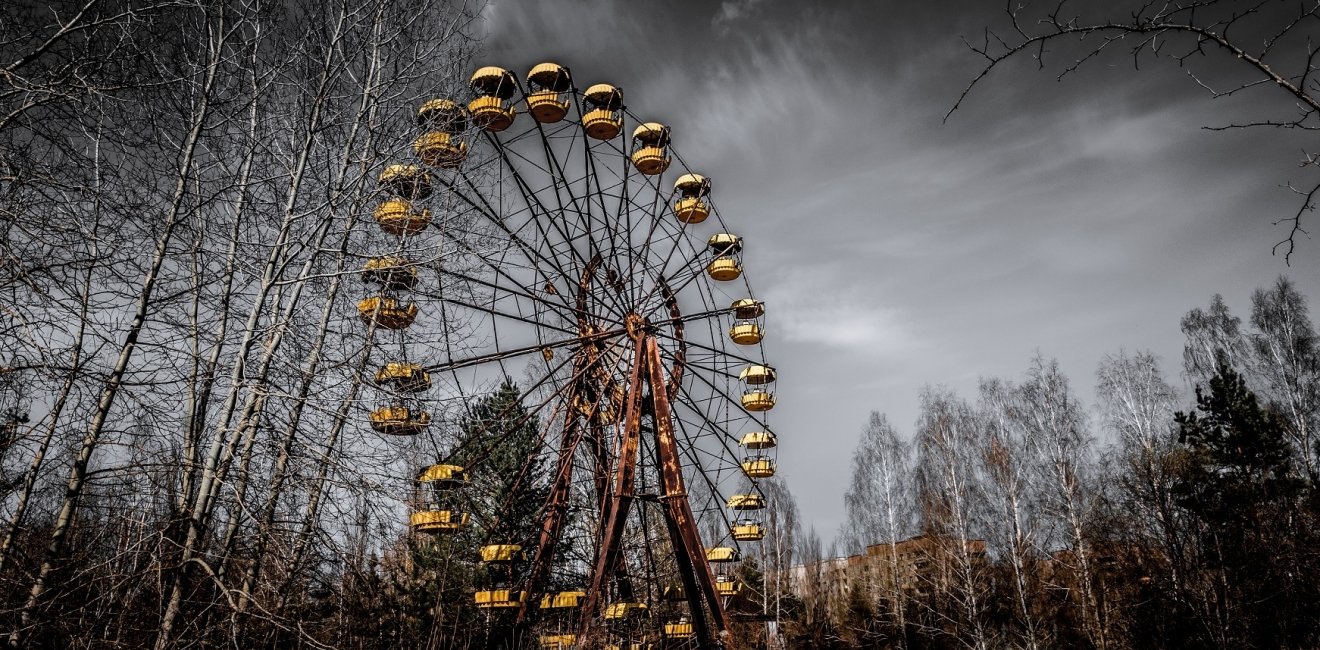
A blog of the Kennan Institute
BY NIKOLAS KOZLOFF
Back in 2014, I made some predictions about environmental problems in the Black and Azov Seas. I warned that military hostilities between Russia and Ukraine could jeopardize wetlands, as well as prized marine wildlife such as sturgeon and the Black Sea dolphin. Escalating warfare, I noted, could exacerbate pollution linked to offshore petroleum operations, which had already resulted in contamination and oil slicks.
Unfortunately, many of my worst fears have now come to pass. Over the past month, fighting in Ukraine’s Black Sea Biosphere Reserve, a UNESCO protected area, has generated fires that are literally visible from space. Russia’s invasion has highlighted fears over hazardous and antiquated forms of energy extraction. Outside Kyiv, Russia bombarded the Shebel oil refinery, causing a fire and enormous environmental damage.
As if oil were not destructive enough, the Russians also blew up a gas pipeline in Kharkiv, which resulted in an apocalyptic mushroom cloud. Experts have warned of an environmental catastrophe, and residents are warned to cover their windows. In the town of Vasylkiv, explosions at an oil reservoir spewed unknown toxicants into the air. Military operations near petrochemical plants risk accidents and could result in both soldiers and civilians inhaling particulate matter and developing asthma and other respiratory ailments. Further fighting in Donbas could exacerbate a legacy of toxic pollution, since the region has long been home to the coal industry, and the earth is full of tunnels that have been flooded with toxic chemicals. Needless to say, fighting in proximity to hydroelectric dams risks catastrophe.
If there weren’t concerns enough over nuclear power before the conflict, ongoing hostilities have only heightened such fears. Ukraine has fifteen reactors at four nuclear power plants that provide about half the country’s electricity. With so many reactors, a military disaster could wind up ruining the environment and public health for large areas of Ukraine, let alone Europe, for generations. Though nuclear power plants are designed to be operated safely, all bets are off in the midst of war. As hostilities have spread, each of these plants has been placed in jeopardy, with recent increases in radiation levels at Chernobyl and fires at the Zaporizhzhia plant both serving to alarm the public. Scientists warn that if storage facilities are breached or storage pools drained, then fires could lead to release of radioactivity.
Though certainly horrific, the war in Ukraine may lead to a long overdue reckoning on climate. If anything, military hostilities have amplified the need for green energy, since Russia sells oil, gas, and coal to purchase weapons. Indeed, experts warn that “continued reliance on fossil fuels is as destabilizing for global peace as it is for the global climate.” On the bright side, Germany has suspended the Nord Stream 2 pipeline over Putin’s invasion, both Berlin and the EU have pledged to speed up the shift to renewables, and Italy has scaled up construction of wind farms.
However, in the rush to wean itself off Russian gas, Poland may wind up purchasing gas from other countries, or turn to nuclear power. Europe would like to secure liquefied natural gas, though the commodity has an even higher ecological footprint than pipeline gas, and the continent might also turn to other polluting sources of energy such as coal. Though President Biden has banned imports of Russian oil, the administration meanwhile wants domestic oil and gas companies to ramp up production.
Will the world finally seize the moment on climate? Some have argued that “net-zero is the answer to Russian aggression,” and have advocated “going cold turkey” on Russian gas, which would require a “climate-war mobilization.” Environmentalists have called for a European embargo not only on Russian gas but on all fossil fuel exports, while others have urged installing millions of electric heat pumps across the continent to replace gas boilers. Proponents say the pumps are able to transfer heat, as opposed to converting it, and thereby increase energy efficiency.
Svitlana Krakovska, a leading Ukrainian climate change scientist, has observed parallels between the war and climate change, commenting that “the roots of both these threats to humanity are found in fossil fuels.” Krakovska, whose work was interrupted by the war, feels a sense of great urgency, since she believes the conflict may be “closing the window of opportunity” for the world to finally address the most pernicious effects of climate change.
The opinions expressed in this article are those solely of the authors and do not reflect the views of the Kennan Institute.
Author

Kennan Institute
After more than 50 years as a vital part of the Wilson Center legacy, the Kennan Institute has become an independent think tank. You can find the current website for the Kennan Institute at kennaninstitute.org. Please look for future announcements about partnership activities between the Wilson Center and the Kennan Institute at Wilson Center Press Room. The Kennan Institute is the premier US center for advanced research on Eurasia and the oldest and largest regional program at the Woodrow Wilson International Center for Scholars. The Kennan Institute is committed to improving American understanding of Russia, Ukraine, Central Asia, the South Caucasus, and the surrounding region through research and exchange. Read more

Explore More in Focus Ukraine
Browse Focus Ukraine
Talking to the Dead to Heal the Living

Ukrainian Issue in Polish Elections



